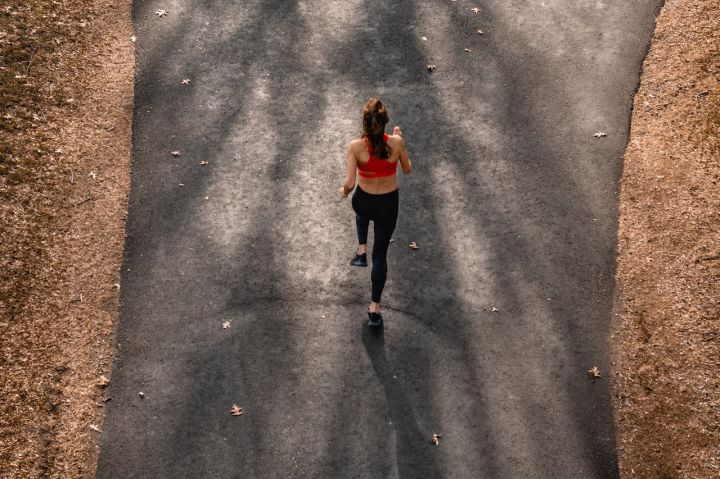let's take a look at how the masters carve their backs. These 8 back training moves that you didn't expect at all will close the gap between you and them.

the focus of training is not imitation and copying
some guys will copy the physiques of bodybuilding stars, their training plans, their training styles, or even copy them exactly for themselves, trying to emulate them from start to finish.
But if the training is not focused on the target muscles to be trained and a clear understanding of what you are training for, including your strengths and weaknesses, then progress will not be obvious. What you need to improve if you want to be a star in the gym spotlight is to fully understand your training, not copy it.

don't impress yourself and your gym partner by completing big weights. Letting go of your pride helps a lot with this, as moving weights without feeling the muscles does nothing to build muscle. Here we look in more detail at how to make your back really effective for muscle building.
Favourite training movements
rowing is the foundation of back training. A typical workout consists of at least three rowing movements. The muscles being trained can be felt through isolated movements on one side. There are many different rowing movements, but these are the favourites.

1. 5-4-3 stretch band machine rowing
it increases the amount of time the muscles are under tension. The elastic band helps to increase the strength of the muscle contraction. This movement forces oneself to focus on the muscle being trained, a feeling that equates to growth.

2. One-arm barbell row with elastic bands
the one arm barbell row is similar to the traditional dumbbell row with a fixed angle and trajectory, adding the use of a resistance band to increase the intensity of the contraction.

3. The pendle row
the origins of the pendle row can be traced back to john meadows. Although similar to the one-arm barbell row, it targets more of the upper mid-back, keeping the elbows perpendicular to the torso.

4. Chest support apparatus rowing
pulling the back with large weights by inertia, without feeling the training weight, tends to be problematic for the lower back. The advantage of this movement is that he has the support of the chest to prevent stress on the lower back. Wide grip this apparatus to stimulate the upper mid back. The addition of an elastic band helps to strengthen the contraction strength.

5. Rope rowing with a counter grip seated position
the narrow spaced handle grip for rope rowing is a favourite for training many people. It doesn't require any additional assistance and can really feel the lower and outer latissimus dorsi in training, the key is to feel the contraction so don't be too concerned about the weight.

6. Dante row
use additional wristbands to eliminate the need for grip strength. This movement looks similar to the narrow pull-down, but it does differ significantly in how it is performed. Unlike the pull-down, the dante row allows you to arch your back and focus on the contraction of the latissimus dorsi and erector spinae muscles in a fully contracted position, and also trains the muscles through a very long movement stroke, so it is more inclined to be used as a finishing move for training.

7. Single arm rotational back high pull down
this exercise can be used as a training component if you are doing a second back training session and it is a great finishing move. This is because, like the dante row, it requires a significant stretch of the latissimus dorsi through a longer range of motion.
Depending on the apparatus, sit on the side of the apparatus so that the latissimus dorsi can be pulled straight down, sit back slightly, rotate your wrists internally at the top and then rotate back as you pull down.

8. Pump sensation stretch high pull down ending movements
research has shown that during a loaded stretch, the muscles are fully pumped, which stimulates their own hormones. This is a great finishing move to pair with the previous moves for a great pumping sensation. Do 10-12 reps, stretch for 30 seconds, do another 10-12 reps, stretch for 30 seconds and then do the last 10-12 reps.

be sure to use an elastic band, otherwise your wrists will easily run out of strength. One round is all you need. This also helps recovery if you find that the muscles feel a sharp stretch.
Don't go bashing bodybuilders who spend most of their back training on hard pulls or large compound movements. Make the training more personalised and need to know what works best for you.

different training methods give you fresh ideas for training and new growth. Train hard, train smart and concentrate on feeling the muscles you want to grow.

